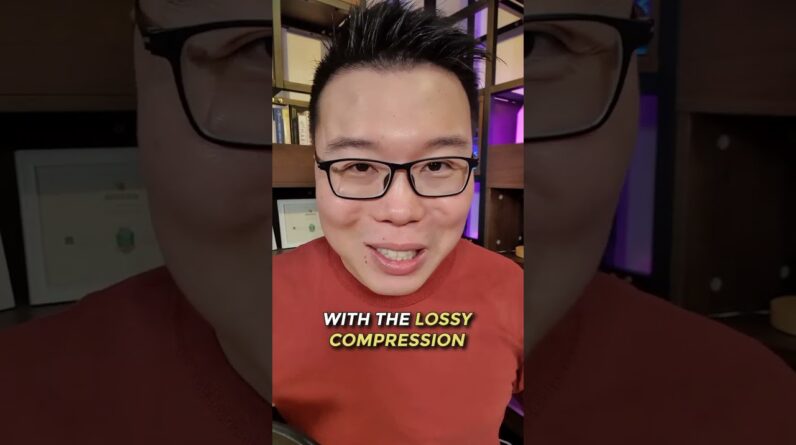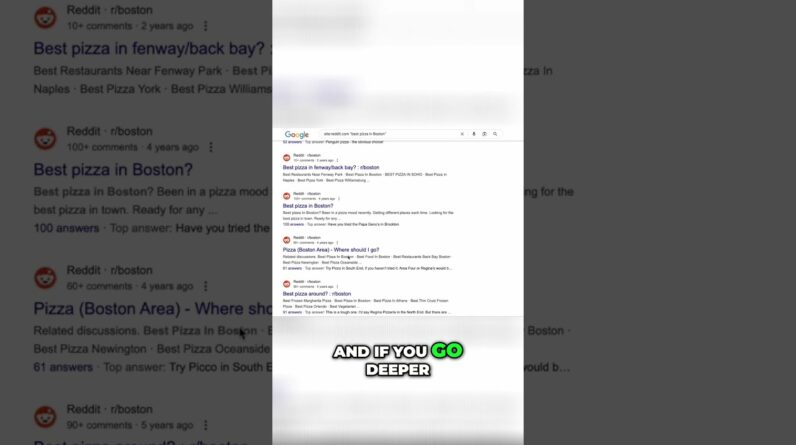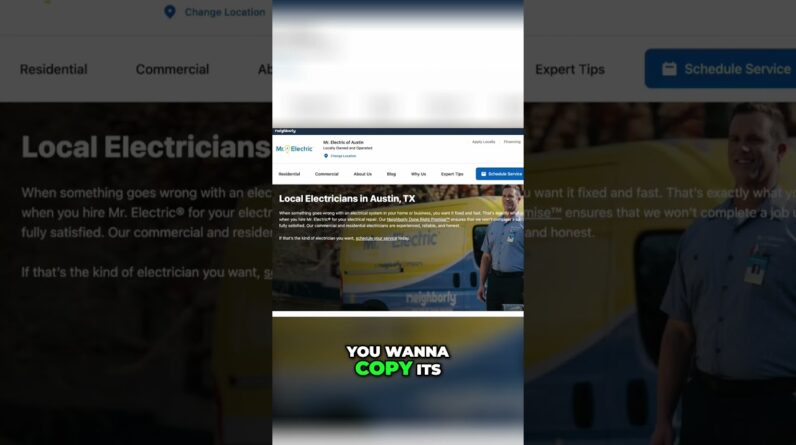
Is your website taking too long to load? Slow loading times can lead to frustrated visitors, lower search engine rankings, and ultimately, reduced website traffic and revenue. Fortunately, optimizing the images on your website can significantly improve its loading speed. In this blog post, we’ll share with you three simple steps you can take to optimize your images and boost your website’s performance. By following these tips, you can provide visitors with a faster, more enjoyable browsing experience while ensuring your website ranks higher on search engines.
Improve Website Speed with These 3 Simple Image Optimization Steps
Are you frustrated with your website’s slow speed? Do you want to optimize your website’s images but don’t know where to start? Optimizing images can have a significant impact on website speed, and it’s relatively easy to do. This article will provide three simple steps to reduce image size and improve website speed.
Introduction
Website speed is a crucial factor for user experience and search engine optimization. A slow website can drive away potential customers and harm your search engine ranking. Images are a significant contributor to website size, and optimizing images can significantly reduce load time. The following steps will guide you through the process of reducing image size and improving website speed.
Step 1: Keep Image Size Below 200 Kilobytes
Large images can significantly increase website size, leading to slower loading times. Hence, it’s crucial to keep images below 200 kilobytes. You can compress images to reduce their size and maintain image quality. Several free online tools, such as TinyPNG, Compressor.io, and Kraken.io, are available for compressing images.
Step 2: Use the Right Dimensions for Images
Using the right image dimensions is essential for website speed. Large images can increase website size, leading to slow loading times. The ideal dimensions for images on desktop devices are 1000 pixels wide, while for mobile devices, images should be 300-400 pixels wide.
Step 3: Optimize Images with Lossy Compression
Lossy compression is an image compression technique that reduces image size without significantly compromising image quality. Several free tools are available for lossy compression, such as Kraken.io, TinyPNG, and Compressor.io. You can also use WordPress plugins like Short Pixel, Imageify, or Lightspeed cache to optimize images automatically.
These tips can help you reduce image size and improve website speed. Here are some additional tips to further optimize images:
- Use the WebP format for images. WebP is a modern image format designed for faster loading. It is supported by most modern browsers and can significantly reduce image size without compromising quality.
- Use lazy loading technique for images. Lazy loading delays image loading until the user scrolls down the page, reducing the initial website load time.
- Minimize the number of images on your website. The more images you have, the larger your website becomes, leading to slower loading times.
Conclusion
Optimizing images can significantly improve website speed and user experience. By following these three simple steps, you can reduce image size and improve website speed. Use the right dimensions, compress images, and optimize images with lossy compression. Additionally, use WordPress plugins or free online tools to automate image optimization.
FAQs
- Should I reduce image size for all images on my website?
Ans: Yes, reducing image size for all images can significantly improve website speed.
- What is the ideal image size for the web?
Ans: The ideal image size for the web is below 200 kilobytes.
- Can plugins help with image optimization?
Ans: Yes, WordPress plugins like Short Pixel, Imageify, or Lightspeed cache can help with image optimization.
- What is lazy loading?
Ans: Lazy loading is a technique that delays image loading until the user scrolls down the page, reducing the initial website load time.
- What is lossy compression?
Ans: Lossy compression is an image compression technique that reduces image size without significantly compromising image quality.






